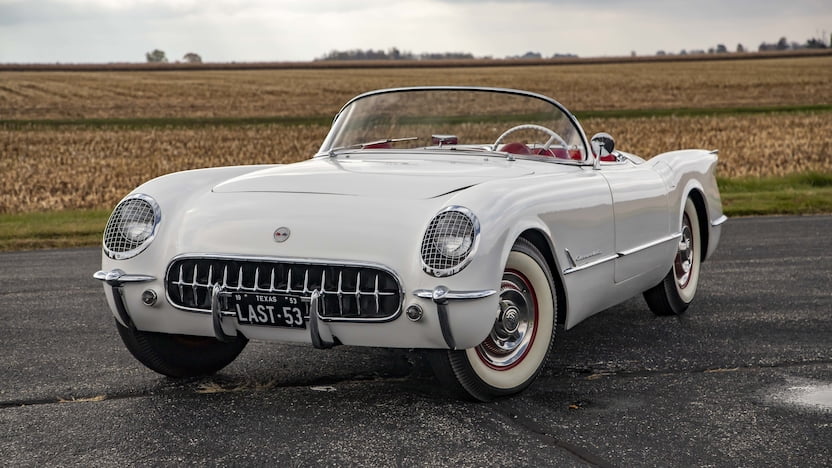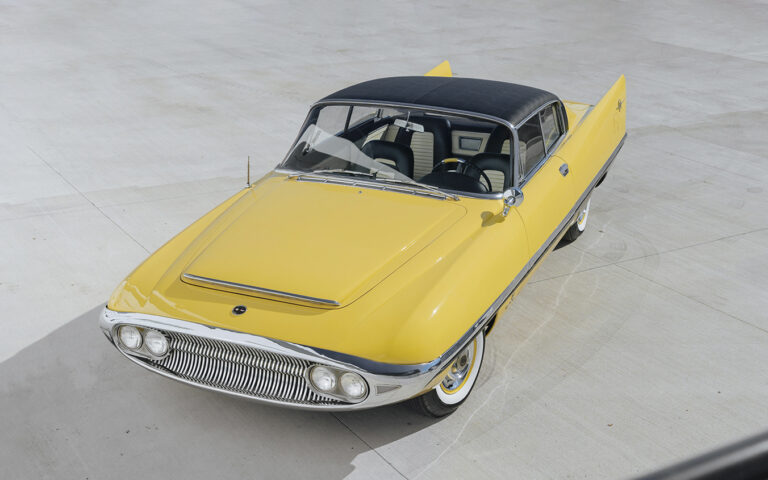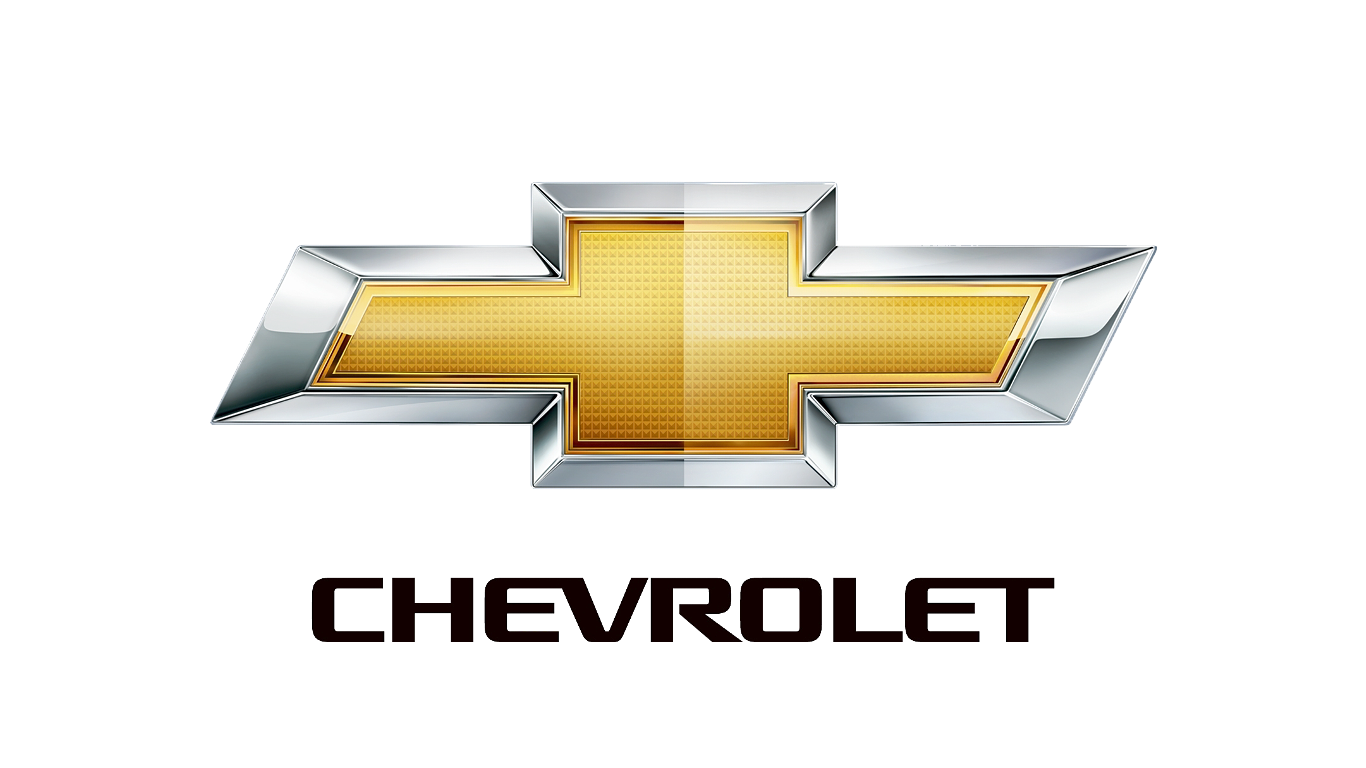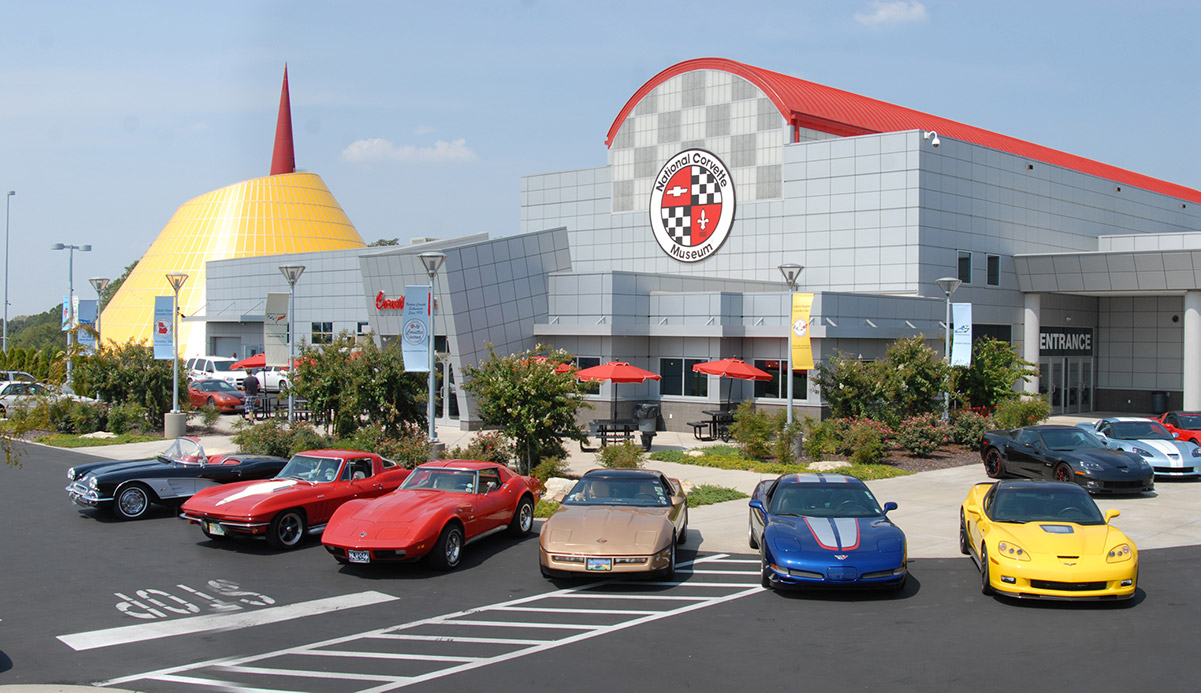Corvette Stingray C3 (1968-1982) - a desire within reach
25 July 2020 1 min read 3 images - INSIDE
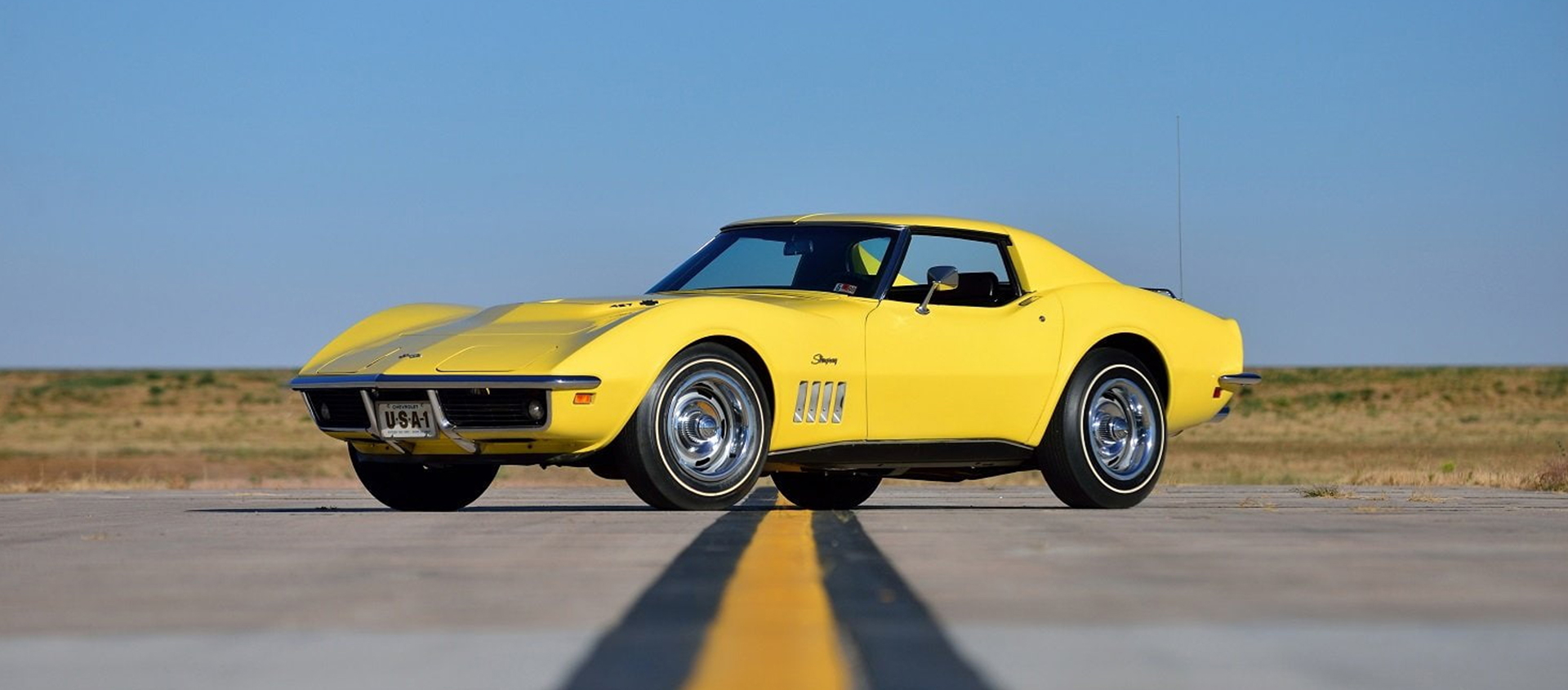
The Corvette Stingray C3 is the third major cosmetic transformation of the Chevrolet Corvette, arrived as the 194 Series in 1967, presented as a 1968 Model Year and remained almost completely unchanged, apart from a makeover in 1974 that eliminated the steel bumpers, until 1982. The novelty, compared to the previous series, was mainly cosmetic, since the engines and chassis remained unchanged but, despite this the C3 established itself as one of the most successful Corvette series in history. To further add to its charm, the name Stingray was written as one word, a name that had previously debuted on the second series, where it was written as two separate words. Even today, the car is strikingly beautiful, especially in the pre-restyling version, with its chrome steel bumpers and a lighter and more classic rear end, and yet for some reason the market has largely ignored it as on the one hand it tends to prefer the ’50s and ’60s versions and, on the other, the more recent models.
Register to unlock this article
Signing up is free and gives you access to hundreds of articles and additional benefits. See what’s included in your free membership. See what's included in your free membership.
Already have an account? Log In
